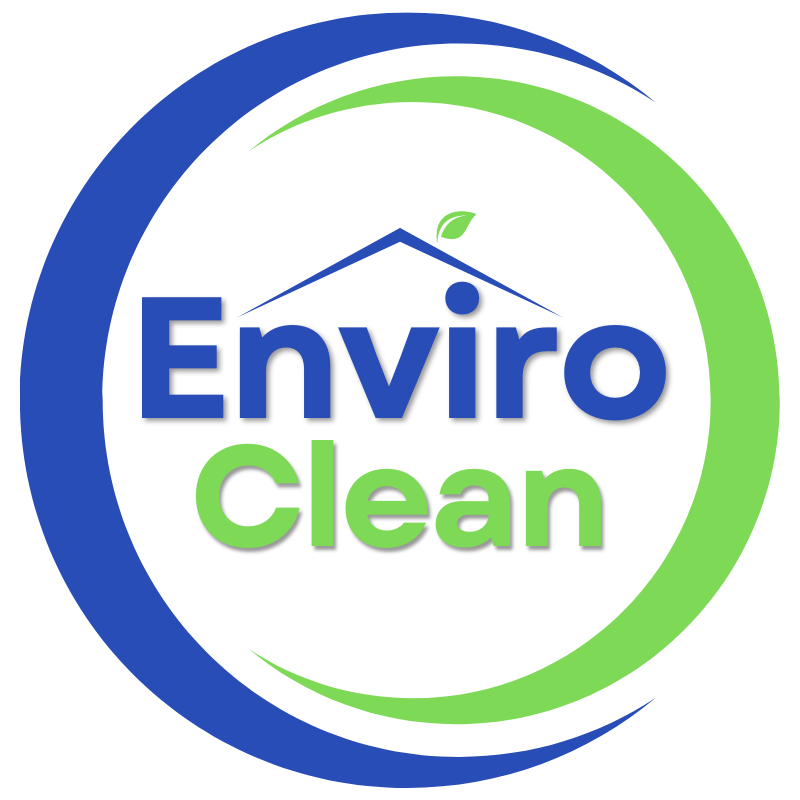Introduction:
Pressure washing is a popular method for cleaning concrete surfaces such as driveways, patios, and sidewalks. While it offers several benefits, there are also potential drawbacks to consider. In this guide, we’ll explore the pros and cons of pressure washing concrete surfaces, focusing on its applications for driveways, patios, and sidewalks.
Pros and Cons of Pressure Washing Concrete Surfaces:
Pros:
Effective Cleaning Power:
One of the primary advantages of pressure washing concrete surfaces is its effective cleaning power. Pressure washers deliver strong jets of water at high pressure, effectively blasting away dirt, grime, oil stains, and other contaminants from concrete surfaces. This makes pressure washing an efficient and thorough cleaning method for removing stubborn stains and restoring the appearance of driveways, patios, and sidewalks.
Versatility:
Pressure washing is a versatile cleaning method that can be used on various concrete surfaces. Whether you’re cleaning a driveway, patio, or sidewalk, a pressure washer can effectively remove dirt, mould, mildew, and stains from the surface. Additionally, pressure washers come with a range of attachments and nozzles, allowing for adjustable pressure levels and versatile cleaning options to suit different surface types and cleaning needs.
Quick and Convenient:
Pressure washing is a quick and convenient cleaning solution for concrete surfaces. Unlike traditional cleaning methods that require scrubbing and rinsing, pressure washing can cover large surface areas in a fraction of the time. This makes it an ideal choice for homeowners who want to clean their driveways, patios, or sidewalks efficiently without spending hours on manual labour.
Cons:
Risk of Damage:
While pressure washing can effectively clean concrete surfaces, there is a risk of damage if not used correctly. The high pressure of the water jets can erode the surface of the concrete, especially if the concrete is old or deteriorated. Additionally, using too much pressure or holding the nozzle too close to the surface can cause etching, gouging, or pitting, compromising the integrity and appearance of the concrete.
Potential for Water Runoff:
Another drawback of pressure washing concrete surfaces is the potential for water runoff and environmental impact. As water is blasted away from the surface, it can carry contaminants such as dirt, oil, and chemicals into storm drains, waterways, or neighbouring properties. This can lead to pollution and environmental damage if proper precautions are not taken to contain and dispose of the wastewater responsibly.
Limited Effectiveness on Certain Stains:
While pressure washing is effective for removing many types of stains from concrete surfaces, it may not be able to tackle certain stubborn stains. For example, oil stains that have penetrated deep into the concrete may require additional treatments or specialised cleaning solutions to fully remove. Similarly, rust stains, paint stains, and graffiti may also be difficult to remove with pressure washing alone, requiring alternative cleaning methods or professional intervention.
Applications for Driveways, Patios, and Sidewalks:
Driveways:
Pressure washing is an excellent choice for cleaning driveways, as they often accumulate dirt, oil stains, tyre marks, and other contaminants over time. Pressure washing can effectively remove these stains and restore the appearance of the driveway, improving curb appeal and prolonging the lifespan of the concrete surface.
Patios:
Patios are another popular application for pressure washing, as they are exposed to the elements and can accumulate dirt, mould, mildew, and stains. Pressure washing can remove these contaminants and refresh the appearance of the patio, creating a clean and inviting outdoor space for relaxing and entertaining.
Sidewalks:
Sidewalks endure heavy foot traffic and are prone to dirt, mud, and other debris, making them ideal candidates for pressure washing. Pressure washing can effectively clean sidewalks, removing dirt, grime, chewing gum, and other stains to improve safety and aesthetics for pedestrians.
Conclusion:
In conclusion, pressure washing is a popular and effective method for cleaning concrete surfaces such as driveways, patios, and sidewalks. It offers several benefits, including effective cleaning power, versatility, and convenience. However, it’s essential to be aware of the potential drawbacks, such as the risk of damage, water runoff, and limited effectiveness on certain stains. By weighing the pros and cons and taking appropriate precautions, homeowners can effectively use pressure washing to clean and maintain their concrete surfaces for years to come.

